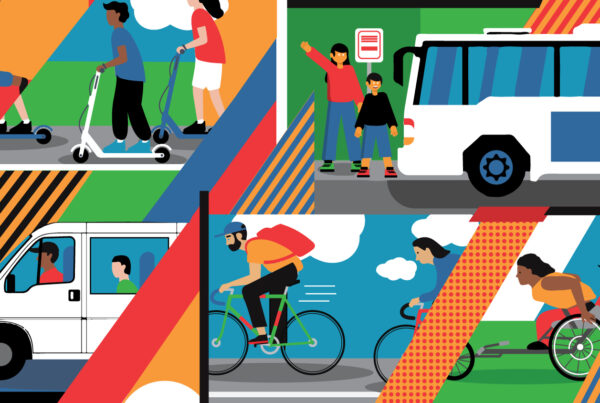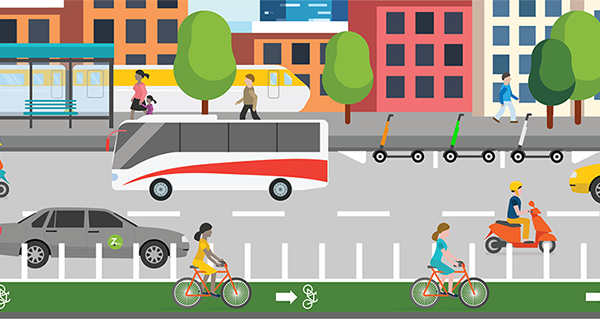By Barbara Goldberg
(Reuters) – Yanking a bicycle from the docking station outside New York’s Grand Central Terminal, a helmetless rider slung a golf bag full of clubs over his shoulder and, along with another rider wearing headphones but no helmet, merged into rush hour traffic.
Against all odds – including novice riders, refusal to wear bike helmets and the daily crush of weaving, horn-blaring traffic – not a single rider in New York City’s bike share program has been killed since it launched in May 2013, a Citi Bike representative said.
In fact, experts say no fatalities have been logged in any U.S. public bike share program since the first one launched in Tulsa, Oklahoma, in 2007. There are now programs in 36 cities, including Chicago, Minneapolis and San Francisco, with new services planned in Tampa, Florida, Boise, Idaho, Portland, Oregon, and elsewhere.
While there is no central reporting clearinghouse for bike share fatalities, the safety record was confirmed by three alternative transportation experts: Susan Shaheen, co-director of the University of California at Berkeley’s Transportation Sustainability Research Center; Russell Meddin, founder of the Bike-sharing World Map; and Paul DeMaio, founder of MetroBike, the nation’s oldest bike-share consultancy.
When New York’s program, sponsored by Citibank, was launched in May 2013, critics and late-night television hosts shared dire predictions for riders, some of whom were only then learning to ride.
At the time, then-city Comptroller John Liu called for mandatory bike helmets for adults to lessen “the human toll” but failed in his effort. “The Daily Show” host Jon Stewart joked that the bike share program sparked a new business idea called “Jon Stewart’s Street Brain Removal Service.”
But no one has been killed and only 40 people have been hurt and required medical attention after 10.3 million rides, a Citi Bike representative said.
“It’s like pedaling a tank,” said Thomas Brereton, 53, an accountant from suburban Westchester County who rides a Citi Bike from the Manhattan train station to his Brooklyn office.
That is precisely why bike share riders across the United States remain safe – even after 23 million rides since 2007 through city streets where taxis screech into bike lanes to pick up passengers and texting pedestrians step obliviously into bikeways, experts say.
“The bikes are heavy, with a very low center of gravity, wide tires, drum brakes that keep the braking system dry even in inclement weather, and the bikes are geared so it is difficult to gain considerable speed,” Shaheen said.


